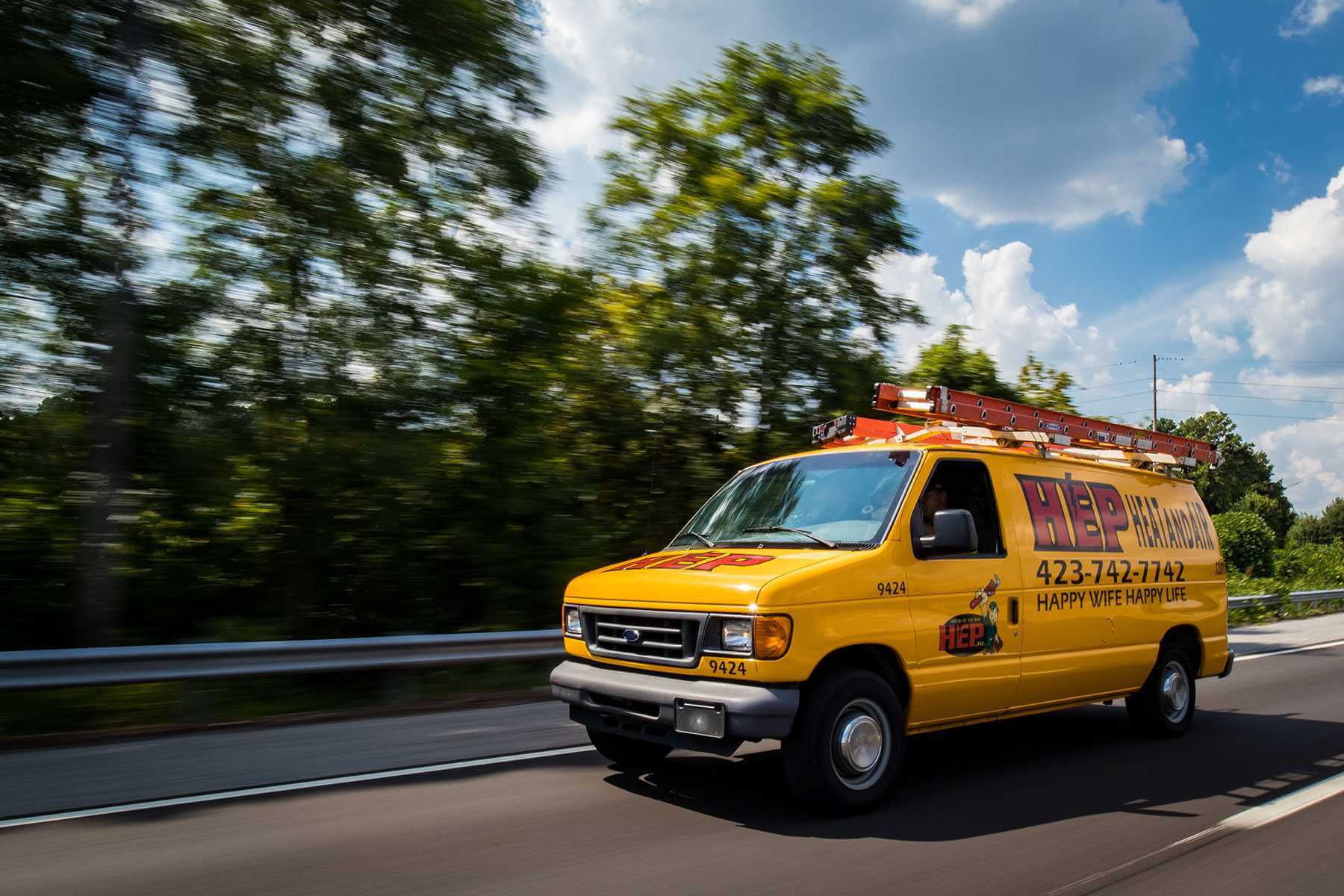

Tree-root Intrusions
Your trusted partner for professional home services. Quality workmanship, guaranteed satisfaction.




- HEP Plumbing
- Tree-root Intrusions
Tree-root Intrusions | Main Line Issues | Plumbing | Winchester
Persistent gurgling drains, unexplained soggy patches in the yard, or that tell-tale sewage odor can all point to one culprit — tree roots invading the plumbing beneath your Winchester home. When these silent invaders wrap around or break through pipes, they trigger stubborn blockages, backups, and costly main line issues that won’t disappear with plungers or store-bought chemicals.
HEP’s local, camera-equipped technicians zero in on the exact spot where roots have breached your line, then deploy hydro-jetting and trenchless repair options that protect both your pipes and your landscaping. Backed by upfront pricing and a satisfaction guarantee, we make reclaiming your plumbing as stress-free as possible—so you can get back to enjoying Winchester’s charm instead of worrying about what’s lurking underground. Call us today and breathe easy knowing your home’s lifeline is in expert hands.
FAQs
How do tree roots get into my sewer main line in Winchester?
Roots naturally seek moisture and nutrients. Older Winchester homes often have clay, cast-iron, or Orangeburg sewer laterals with mortar joints or small cracks. Vapor from wastewater escapes through these openings and attracts nearby tree and shrub roots. The root tips wiggle through hairline gaps, then expand inside the pipe where water and nutrients are abundant. Over time they grow thicker, form dense mats, and can even break pipe sections apart, creating significant blockages and leaks.
What warning signs suggest I have a root intrusion problem?
Common red flags include: 1) recurring gurgling noises from toilets or tubs; 2) slow-draining fixtures throughout the house, especially after heavy rain; 3) sewage odors in the yard or basement; 4) frequent need to plunge toilets or run a drain auger; 5) unexplained wet or greener patches of lawn along the sewer route; and 6) backups or overflow at the lowest plumbing fixture (often the basement floor drain). If you notice any combination of these, schedule a professional camera inspection before a complete blockage occurs.
Why is tree-root intrusion considered an urgent plumbing issue?
Left unchecked, roots not only block the pipe but can crack, displace, or even collapse it. This leads to raw sewage spills on your property, foundation damage, health hazards from bacteria, and potentially costly emergency excavation. Insurance often excludes damage caused by gradual root infiltration, so addressing the problem early saves thousands in repairs and property restoration.
How do professionals remove roots and restore the main sewer line?
We start with a high-definition video inspection to locate the intrusion and assess pipe condition. For light to moderate growth, we use a mechanical root cutter or hydro-jetting at 4,000 psi to shear off and flush out roots. In heavier cases, we may apply an EPA-approved foaming herbicide that kills remaining root fibers without harming the tree. If the pipe is severely damaged, trenchless options—such as pipe relining (CIPP) or pipe bursting—allow us to install a new continuous liner or pipe with minimal digging. Every solution is tailored to pipe material, diameter, and the severity of intrusion.
Will removing the tree fix the issue, and how can I prevent future root intrusions?
Simply cutting down the tree rarely solves the problem because roots can survive and continue to grow for years, and other nearby vegetation may invade the same weak points. Preventive strategies include: • replacing fragile clay or Orangeburg laterals with PVC or HDPE; • ensuring watertight connections and using root-resistant couplings; • scheduling routine camera inspections every 2–3 years; • applying annual foaming root treatments; and • planting water-loving species at least 10 ft away from the sewer path. Our Winchester team can map your line and recommend safe planting zones.
How much does root removal and main-line repair cost in Winchester, and do you guarantee the work?
Costs vary with pipe size, depth, access, and damage: • basic auger root cutting runs $250-$400; • hydro-jetting with camera confirmation averages $600-$900; �• chemical root treatment adds $100-$200; • trenchless lining typically costs $90-$140 per foot, while open-cut replacement is $70-$110 per foot plus surface restoration. We provide written, upfront estimates after inspection. All root-cutting services include a 6-month no-clog guarantee; trenchless liners carry a transferable 50-year warranty. We also assist with Winchester Public Works permits and financing options to make repairs manageable.